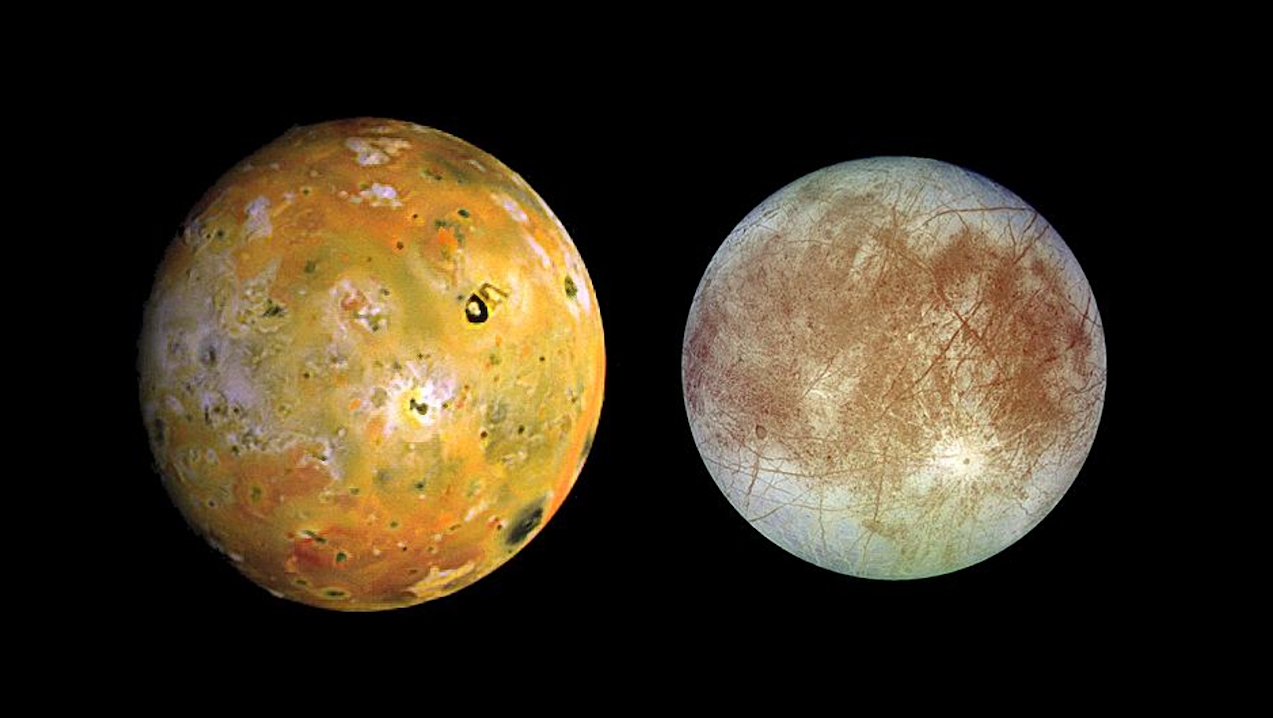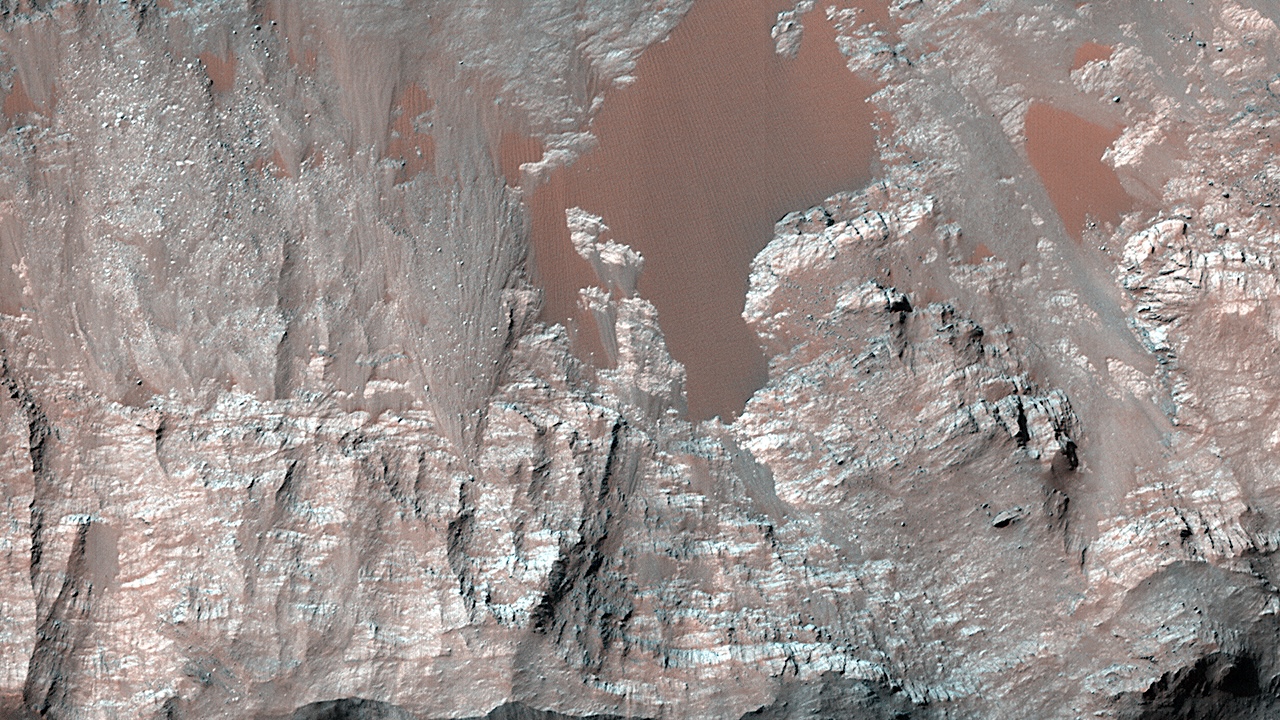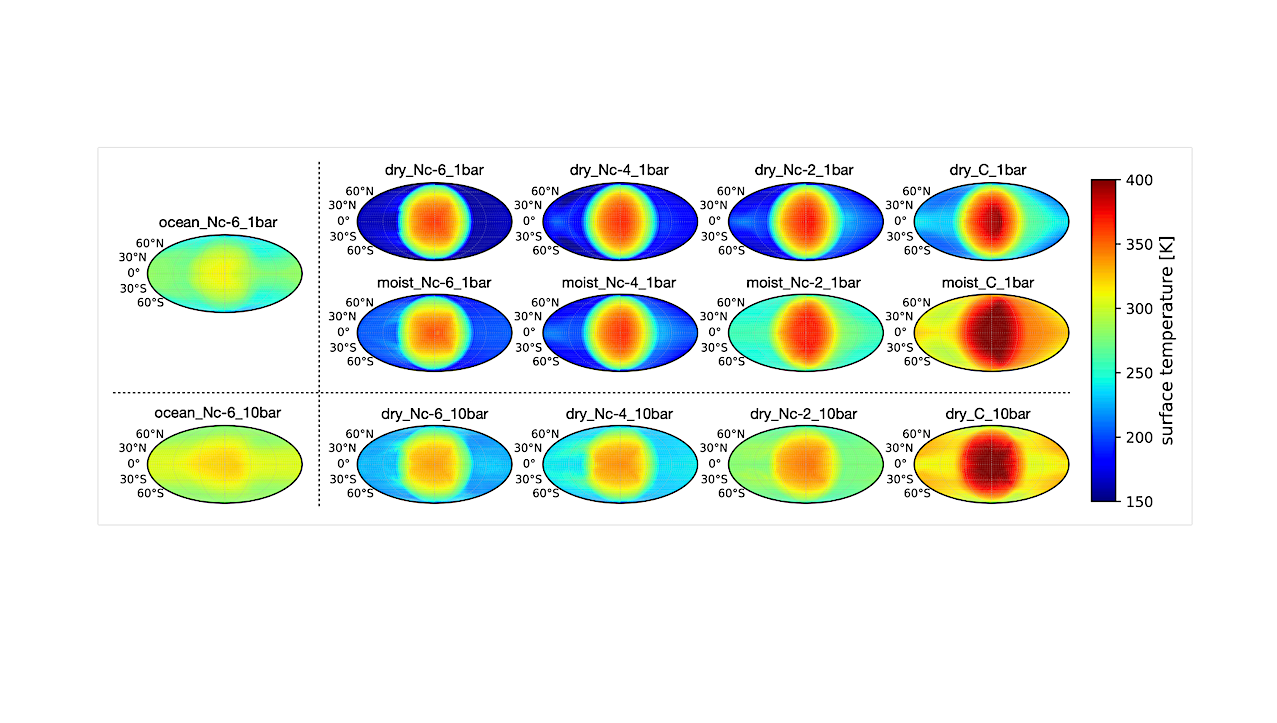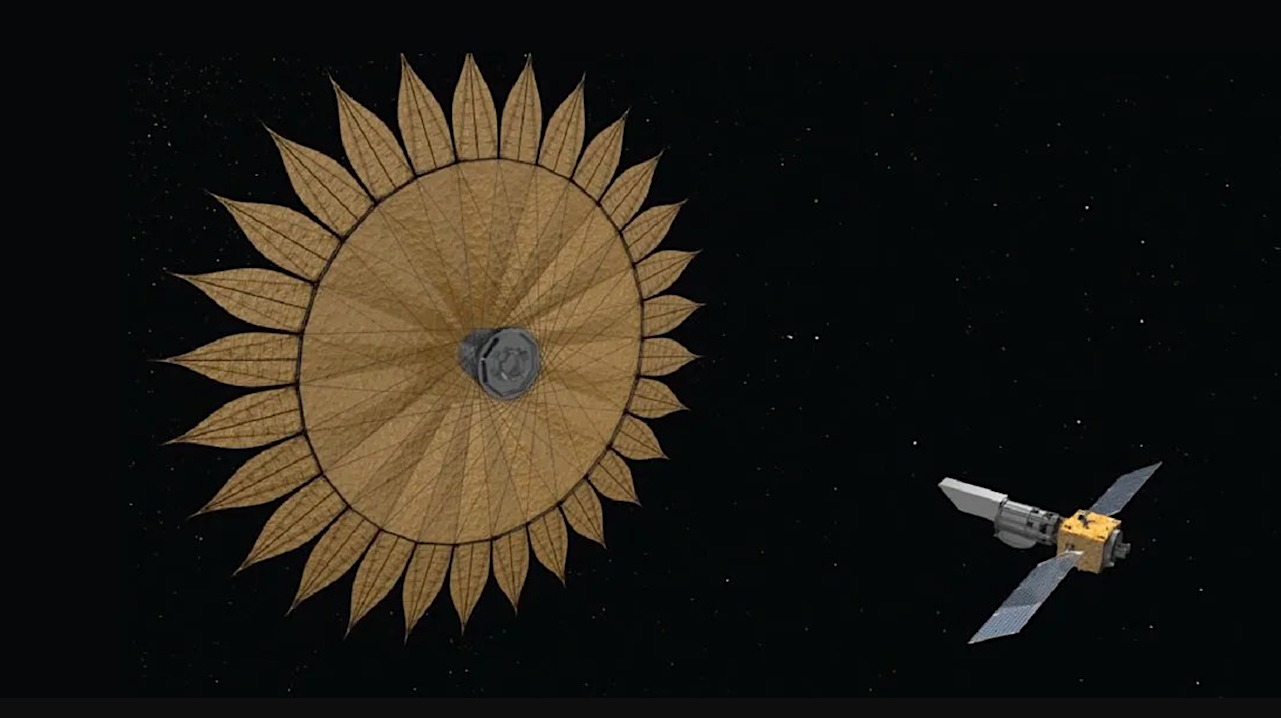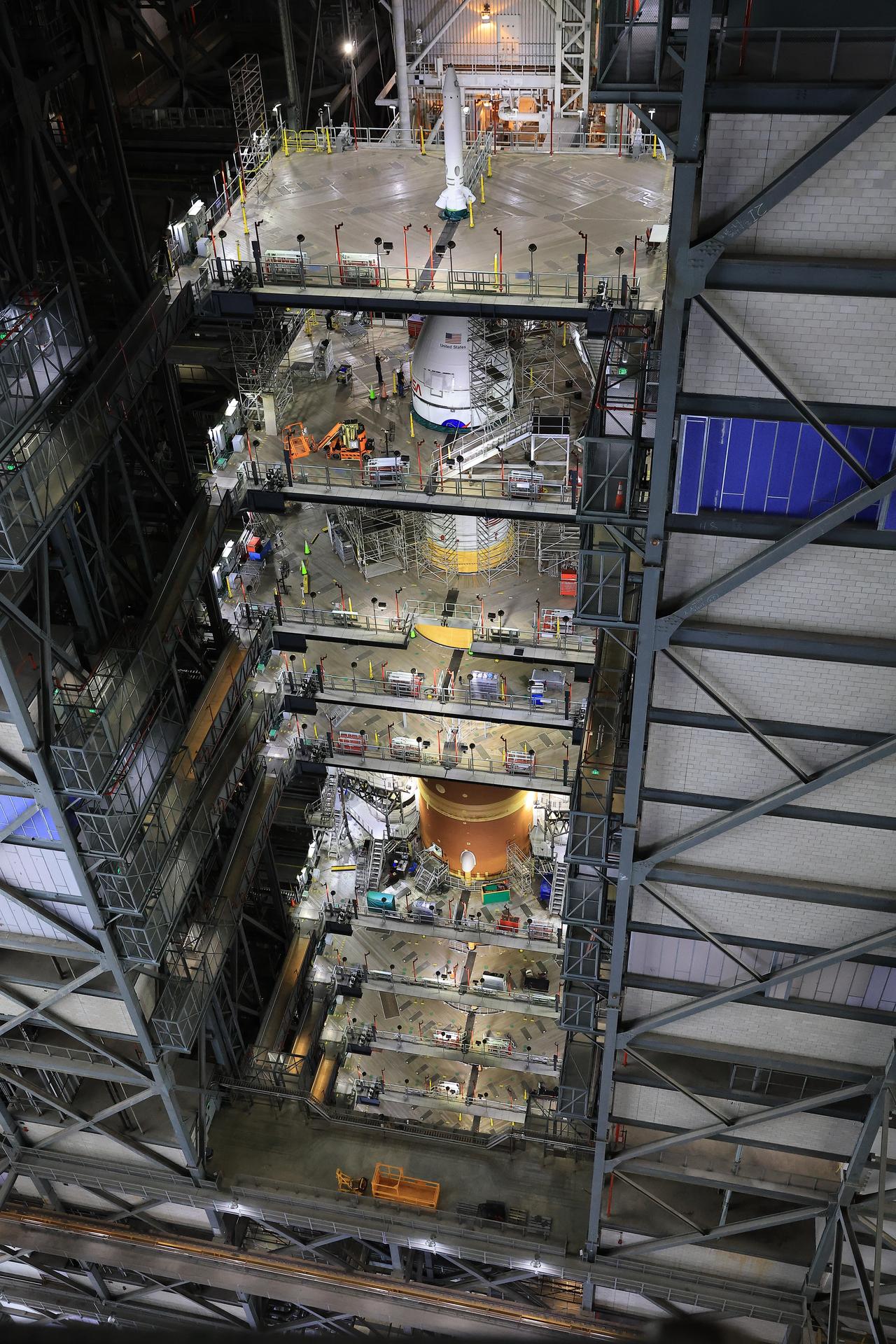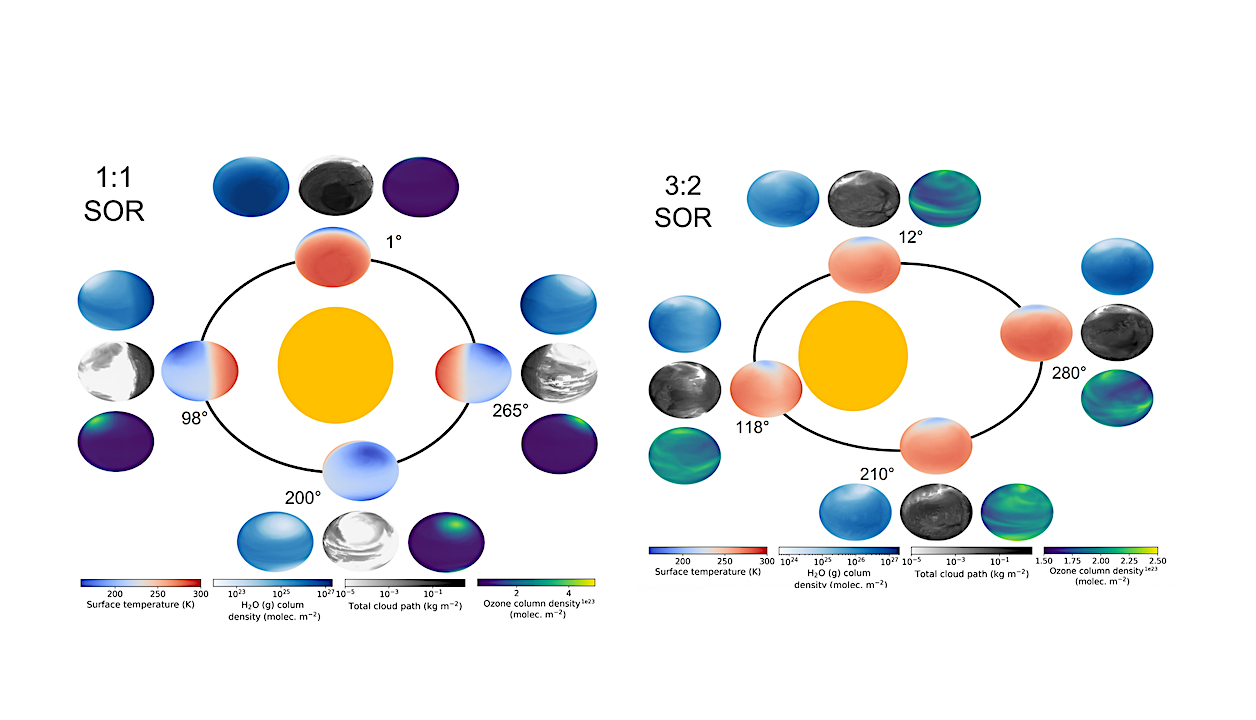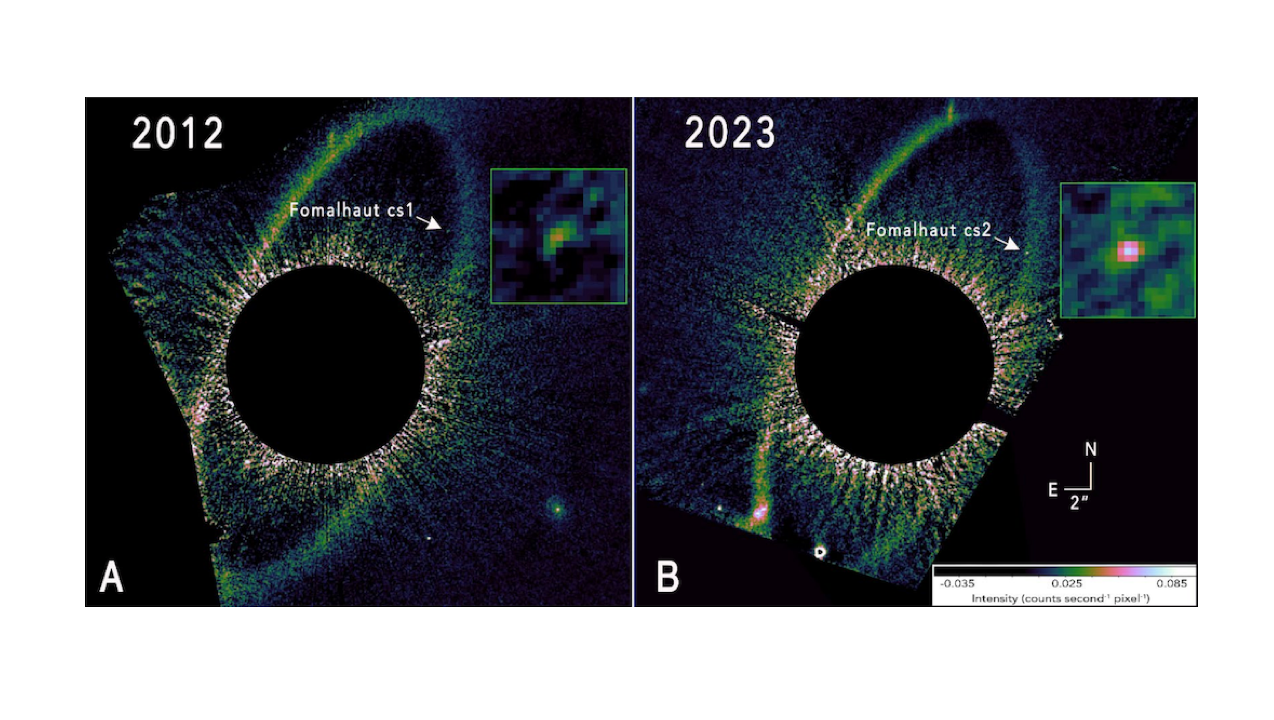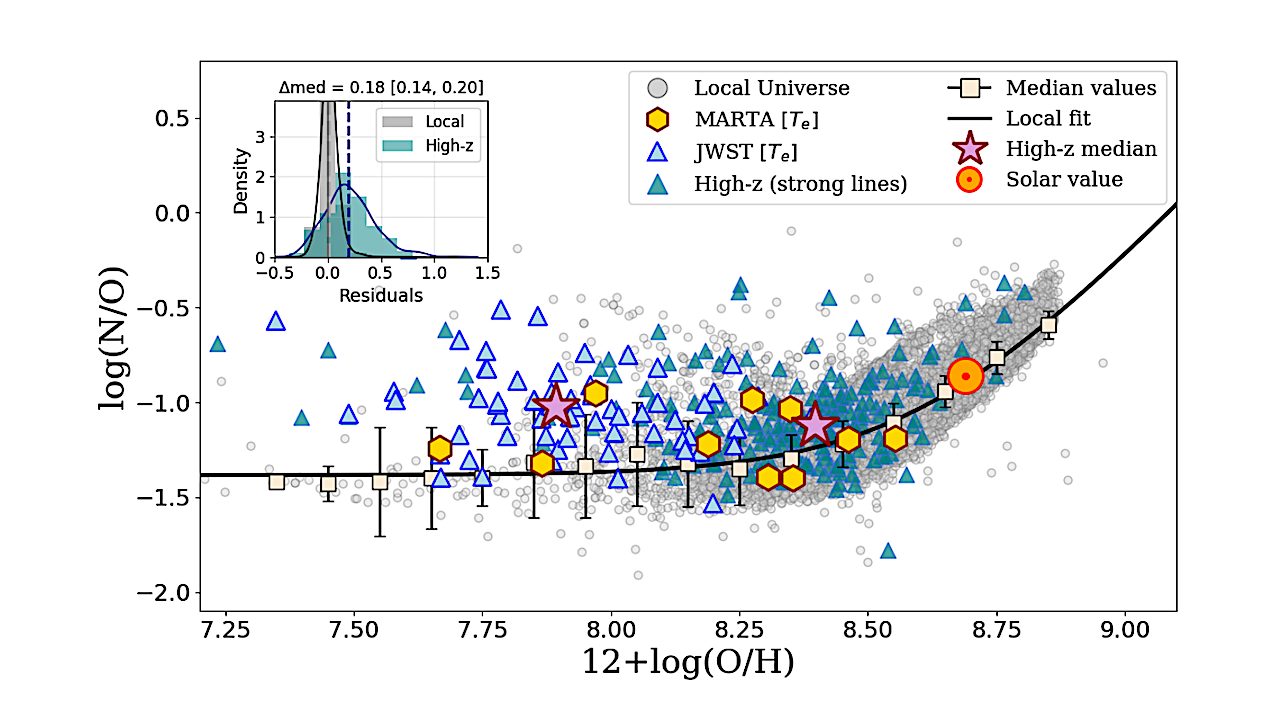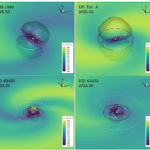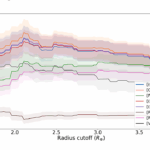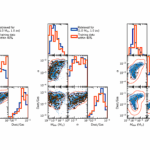Driven by renewed attention to filled with wonders both near and far, the EACONN Telescope stands out as a gateway to exploration, beckoning both curious young minds and seasoned stargazers
Europa — NASA JPL source Galilean moons exhibit a decrease in bulk density with distance from Jupiter, which may reflect differences in evolutionary paths and water loss.
Coprates Chasma — NASA HiRISE This image of Coprates Chasma shows the deepest part of the giant Valles Marineris canyon system, more than 7 kilometers below the nearest rim and
Surface temperature maps of our GCM simulations for different surface-atmosphere scenarios (Table 1) with 1 bar (top two rows) and 10 bar (bottom row) atmospheres. The substellar point is located
An artist’s depiction of the fully-deployed starshade spacecraft (left) next to the spacetelescope it supports. The two spacecraft must fly in almost perfect alignment to allow thetelescope to stay in
NASA’s Artemis II Orion spacecraft with its launch abort system is stacked atop the agency’s SLS (Space Launch System) rocket in High Bay 3 of the Vehicle Assembly Building at
Observed hemispheric distributions as a function of θ(t) for the 1:1 SOR (LEFT) and the 3:2 SOR with an eccentricity of 0.3 (RIGHT): surface temperature (blue-red), vertically integrated water vapour
SANTA FE, N.M. — Tory Bruno, the longtime chief executive of United Launch Alliance, is leaving the joint venture for another opportunity. In a Dec. 23 statement, executives from Boeing
Optical images of the Fomalhaut system in 2012 and 2023. Both panels are white light HST/STIS images. The bright central star has been artificially eclipsed with a coronagraph, to reveal
Relation between N/O and O/H for our full sample, as described in Section 2. Gold hexagons indicate MARTA galaxies with direct measurements, and light-blue triangles show the JWST auroral-line dataset.
-
 01From Polymerization-Enabled Folding and Assembly to Chemical Evolution: Key Processes for Emergence of Functional Polymers in the Origin of Life
01From Polymerization-Enabled Folding and Assembly to Chemical Evolution: Key Processes for Emergence of Functional Polymers in the Origin of Life -
 02Panasonic Leica Summilux DG 15mm f/1.7 ASPH review
02Panasonic Leica Summilux DG 15mm f/1.7 ASPH review -
 03Two Black Holes Observed Circling Each Other for the First Time
03Two Black Holes Observed Circling Each Other for the First Time -
 04How New NASA, India Earth Satellite NISAR Will See Earth
04How New NASA, India Earth Satellite NISAR Will See Earth -
 05And Thus Begins A New Year For Life On Earth
05And Thus Begins A New Year For Life On Earth -
 06Astronomy Activation Ambassadors: A New Era
06Astronomy Activation Ambassadors: A New Era -
07SpaceX launch surge helps set new global launch record in 2024



